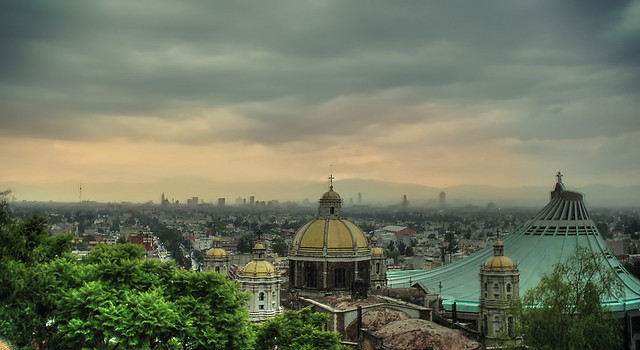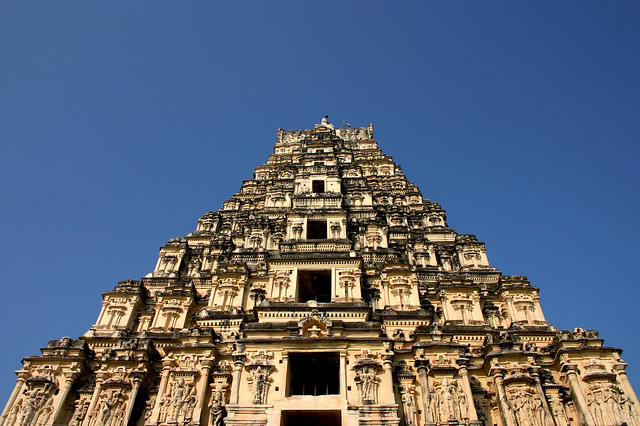Most of the pubs in London and throughout the United Kingdom are tied to a particular
brewery and sell only that brewery’s beers. You see the name of the brewery on
the sign outside. Independent pubs can sell more brands than a tied pub. Either way,
you still have to choose from what may seem like a bewildering variety. The colorful
names of individual brews don’t provide much help — you can only wonder what
Pigswill, Dogs Bollocks, Hobgoblin, Old Thumper, Pommies Revenge, or Boondoggle
taste like. Depending on all sorts of factors — the water, the hops, the fermentation
technique, and so on — the brewery crafts the taste of any beer, whether on draught
or in a bottle. You can get a few U.S. and international brands, but imports are more
expensive than the home-brew.
When ordering beer in a pub, specify the type, the brand, and the amount (pint or halfpint)
you want. Asking the bartender to recommend something based on your taste
preferences is perfectly okay. Just remember that most English beer is served at room
temperature. The following brief descriptions of the most common types of beer will
come in handy in a pub:
- Bitter is what most locals drink. It’s a clear, yellowish, traditional beer with a strong flavor of hops. Real ale is a bitter that’s still fermenting (“alive”) when it arrives from the brewery; it’s pumped and served immediately.
- Ale isn’t as strong as bitter and has a slightly sweeter taste. You can order light or pale ale in a bottle; export ale is a stronger variety.
- Lager, when chilled, is probably the closest you can come to an American-style beer. Lager is available in bottles or on draught.
- Shandy is equal parts bitter and lemonade (sometimes limeade or ginger beer); it’s for those who like a sweet beverage that’s only partially beer-like in taste.
- Stout is a dark, rich, creamy version of ale. Guinness is the most popular brand. A black and tan is half lager and half stout.
See also: The Best Museum of London






















